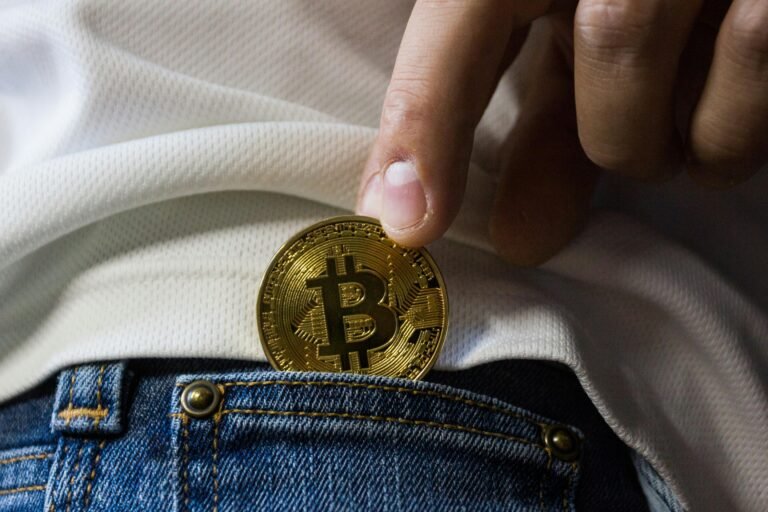XRP Price and the Future of Cross-Border Payments
Introduction
The XRP Price has been a subject of significant interest among investors, analysts, and the global financial community due to its potential to revolutionize cross-border payments. XRP, the digital currency created by Ripple Labs, offers a solution to some of the most pressing challenges in the traditional international payment system, such as high fees, long transaction times, and lack of transparency. As financial institutions around the world begin to embrace digital currencies and blockchain technology, XRP has emerged as a key player in the future of cross-border payments.
The Challenges of Traditional Cross-Border Payments
Before diving into the potential of XRP price in transforming cross-border payments, it’s essential to understand the current challenges that plague traditional systems. Banks and financial institutions typically rely on intermediaries, such as correspondent banks, when sending money across borders. This multi-step process not only delays the transaction but also increases its cost.
- High Costs: Traditional cross-border transactions often come with hefty fees due to the involvement of multiple intermediaries, each charging a fee for their service.
- Slow Processing Times: International payments can take days to settle, especially for transactions involving different currencies.
- Lack of Transparency: Customers often have little insight into the status of their payments and the fees associated with them, making it difficult to track the flow of money.
- Risk of Errors and Fraud: Manual processes and multiple intermediaries increase the risk of errors, fraud, and security issues.
XRP as a Solution to Cross-Border Payment Problems
XRP was created with the goal of addressing these pain points. Its decentralized nature, along with its fast transaction times and low fees, makes it a promising candidate for transforming the cross-border payment landscape.
- Low Transaction Fees: One of the most significant advantages of XRP is its low transaction fees. Unlike traditional systems, which charge high fees for cross-border transactions, XRP transactions cost a fraction of a cent to process. This makes it an attractive option for both individuals and businesses looking to save on fees.
- Speed and Efficiency: XRP transactions settle in just a few seconds, regardless of the geographical distance. Traditional bank transfers can take days to process, particularly when they involve different currencies. XRP’s quick processing time offers a clear advantage in terms of efficiency, enabling businesses and consumers to make faster, more reliable transactions.
- Transparency: The XRP ledger is transparent and publicly accessible. This means that all transactions are visible on the blockchain, providing customers and businesses with greater transparency about transaction status and fees.
- Liquidity Solutions: Ripple’s payment protocol offers liquidity on demand, eliminating the need for pre-funded accounts in foreign markets. This significantly reduces the costs and complexities involved in managing liquidity across borders.
The Role of RippleNet in Cross-Border Payments
RippleNet, Ripple’s global payment network, leverages XRP as its native digital asset to provide instant, secure, and low-cost cross-border payment solutions. Financial institutions can use RippleNet to connect with other institutions worldwide, enabling real-time payments between any two currencies. RippleNet uses a distributed network of validators to maintain the integrity of the network, ensuring the security of all transactions.
RippleNet has already seen adoption by several leading financial institutions, including Santander, SBI Holdings, and PNC. As more institutions join the network, the use of XRP for cross-border payments is likely to expand, further driving demand for the digital asset.
How XRP Price Impacts Adoption in Cross-Border Payments
As the XRP price fluctuates, it influences the decision-making process of financial institutions and investors. A higher XRP price may signal growing confidence in its utility, encouraging more institutions to adopt Ripple’s payment solutions. However, the price volatility of XRP has also raised concerns among some financial institutions, as it could affect the stability of cross-border transactions.
Despite this volatility, XRP’s underlying utility remains the same. Even if the price of XRP fluctuates in the short term, its long-term value as a cost-effective, efficient, and secure payment solution is evident. In fact, some proponents believe that the price of XRP will stabilize as the asset becomes more widely adopted and as Ripple’s network continues to expand.
Regulatory Challenges and XRP’s Role
The regulatory landscape is one of the primary factors that could influence the future of XRP in cross-border payments. Several governments and regulatory bodies have expressed concerns about the potential risks posed by digital currencies, leading to regulatory scrutiny of XRP.
In particular, the U.S. Securities and Exchange Commission (SEC) has taken legal action against Ripple Labs, arguing that XRP should be classified as a security. The outcome of this case could have significant implications for the future of XRP and its ability to be used in cross-border payments, particularly within the U.S. market.
Despite regulatory hurdles, Ripple has made significant efforts to comply with global regulations. The company’s transparency in its operations and its efforts to collaborate with regulators could position XRP as a compliant and widely accepted solution for international payments.
The Future of XRP and Cross-Border Payments
As we look to the future, it’s clear that XRP has the potential to revolutionize the cross-border payments industry. However, the XRP price will continue to be a key factor in its adoption, as investors and institutions alike will carefully monitor the market.
- Increased Adoption by Financial Institutions: As more banks and payment providers integrate XRP into their systems, its role in cross-border payments will continue to grow. Ripple’s partnerships with financial institutions and its ongoing development of RippleNet signal a positive future for XRP.
- Wider Use in Retail Payments: XRP may also see adoption beyond banks and financial institutions. Retailers and businesses could begin using XRP for cross-border transactions, further driving demand for the digital asset.
- Integration with Central Bank Digital Currencies (CBDCs): Ripple has been exploring partnerships with central banks to integrate XRP with CBDCs, which could further enhance its utility in cross-border payments. If this occurs, it could create a seamless bridge between traditional currencies and digital assets, making XRP an integral part of the global payment ecosystem.
Conclusion
The XRP price plays a crucial role in the adoption and success of Ripple’s payment network, which is positioning itself as a leading solution for cross-border payments. With its low transaction fees, high speed, transparency, and liquidity solutions, XRP has the potential to overcome the challenges that have traditionally hindered the global payments industry. Despite regulatory challenges and price volatility, XRP’s future in cross-border payments looks promising, as increasing adoption by financial institutions and potential integration with CBDCs could further solidify its place in the global financial ecosystem.






